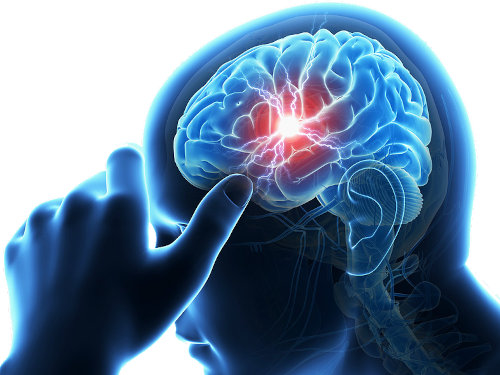
A stroke (Also known in medical terms as a Cerebrovascular Accident –CVA) is when there is a clot (85%) or bleed in the blood vessels (15%) of the brain. This will lead to;
If the stroke is due to a clot in the blood vessels of the brain, and special anticoagulation therapy available at the Emergency Treatment Unit (ETU) of Sri Jayewardenepura hospital is given within 4 hours of the stroke, there is a very high chance of near full recovery from this devastating medical emergency.
To be eligible for the 4 hour rule, patients should be brought to the ETU as soon as possible (ideally within the 1st hour) as medical staff need to confirm the stroke and clot before administering the lifesaving special treatment.
Unfortunately, if 4 hours have passed after onset of a stroke, the patient is not eligible for anti-coagulation therapy. There will be other medications, but the recovery for these patients will be significantly slower and long term weaknesses in arms or legs may persist as key areas in the brain would be severely affected due to lack of oxygen over longer duration of time.
The longer a stroke goes untreated, the greater the chance for even more extensive brain damage and disability. Just because the stroke is over, that does not mean that the brain damage is put to a halt. In fact, ischemic strokes unfold over a period of 10 hours. That means that with every second you wait for treatment, the brain damage gets worse. If a stroke is untreated for the full 10 hours, the brain ages up to 36 years! With every minute you wait, the brain loses two million brain cells.
When it comes to stroke treatment, every single second counts. Unfortunately, many stroke patients are unable to seek help for themselves due to the nature of the attack. There is a huge responsibility on bystanders, be it friends, family members, coworkers, or strangers who just so happen to be around. These are the first responders to stroke, and it is up to them to make sure the affected individual receives prompt medical attention. Familiarize yourself with the signs and symptoms of stroke to better protect those around you. In addition, read about how you, as a loved one, can help a stroke survivor recover after the attack.